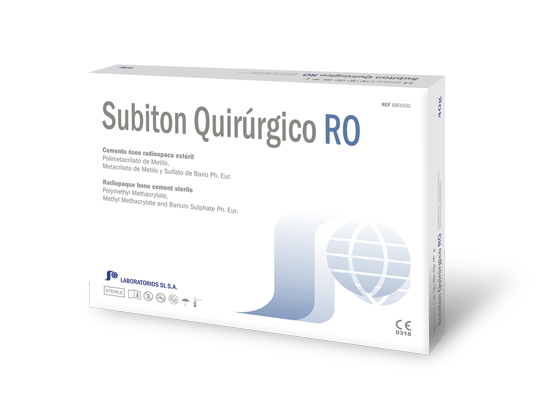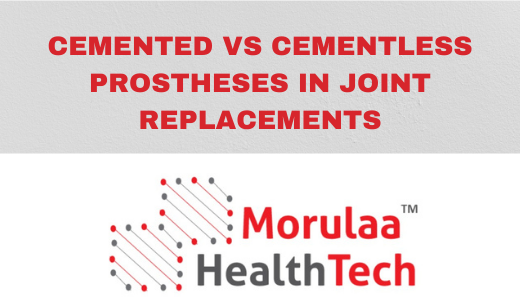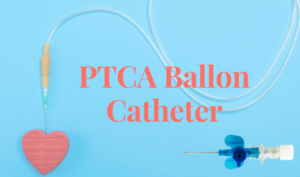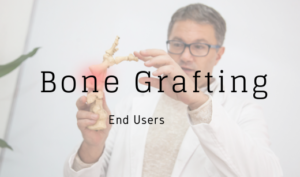Cemented and Cementless
Prostheses must adhere to the patient’s original bone. The adhesion is attained based on the type of adhesion
- A cemented joint prosthesis uses fast-drying bone cement to assist the attachment to the bone.
- A cementless joint prosthesis, sometimes called a press-fit prosthesis, is specifically textured to enable the bone to develop onto it and adhere to it over time.
Cemented Joint Prostheses
A cemented prosthesis is intended to have a layer of bone cement, usually, an acrylic polymer called polymethylmethacrylate (PMMA), in between the patient’s natural bone and the prosthetic joint element.
Advantages
- Bone cement enables a surgeon to attach prosthetic joint components to a bone that is somewhat porous from osteoporosis.
- A tiny volume of antibiotic material can be combined with the bone cement, aiding to decrease the risk of post-surgical contamination.
- The bone cement dries in 10 minutes of application, so the doctor and patient can be sure that the prosthetic is strongly in place.
Cementless Joint Protheses
A cementless prosthesis, also called a press-fit prosthesis, has a rugged surface or porous coating that promotes the natural bone to grow over it. New bone growth will traverse only 1 or 2 mm, so the surgeon must use appropriate tools to shape the natural bone to fit with the prosthesis. Some prosthetic elements have screws or bolts that help retain the bone and prostheses in position until new bone growth can generate a more reliable addition.
Advantages
- They believe cementless components offer a better long-term bond between prostheses and bones.
Disadvantages
- Press-fit prostheses expect healthy bones. Sufferers with weak bone density due to osteoporosis may not be suitable for these components.
- This can take up to three months for bone material to develop into a novel joint element
Hybrid Solution
Few knee replacement, hip replacement, shoulder replacement, and other joint replacement surgeries utilize both cementless and cemented parts. For instance, some knee replacements use bone cement to join the tibial and patellar components, while using cementless components on the femur. Initial study on this approach is encouraging, but more study requires to be done.
Bone Cement is quite essential to most orthopedic surgeries.
Bone Cement Imported by Morulaa

Morulaa Healthtech Pvt Ltd. is the licensed importer of Subiton.
Subiton, also known as Laboratorios SL, is an Argentine firm that has been a world leader in medical devices since 1957. These products are manufactured in environment-conscious facilities, serves over 110 nations. It has obtained certification of its products in India. In India, distributors usually provide bone cement along with orthopedic implants to hospitals. The players in the supply chain include the manufacturer, importer, distributor or dealers, etc.
Conclusion:
The above article deals with cemented vs cementless prosthesis, pros and cons, and bone cement details. Subiton products are of high-quality, provided at a competitive price. Morulaa’s imported cement is well suited to give stability to implants used in total knee replacement and total hip replacement surgeries.
This article is intended to give product information on Subiton bone cement. To know more about the product details, brochure please visit products.morulaa.com.
Morulaa is a turnkey solution provider with an in-house Regulatory Consultancy team to conduct registrations of medical devices. Morulaa provides high-quality and professional services for Regulatory Consultancy and we aim at developing long-term relationships for the Indian Market.






